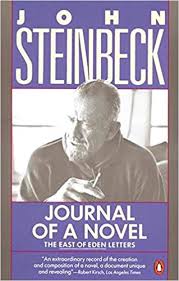
REGULAR EXERCISE IS THE EQUIVALENT OF “MIRACLE GRO” ™ FOR YOUR BRAIN
19 April 2025
Exercise. We either love it or hate it, but we all know that some form of physical activity on a daily basis is part of a healthy routine and promises a balanced lifestyle, reduced stress levels, and longevity. Sometimes it can be a challenge to workout because life and schedules get in the way. Regular exercise doesn’t have to be time consuming or exhausting. Working in short bursts of movement throughout the day is better than nothing at all. On days when you have more time, exert more effort to exercise in concentrated amounts of time. Consider this sample exercise schedule for busy people.
1.Plan to exercise for 10 minutes three times a day. Choose from these examples,
- walk
- work with small hand weights
- work with a treadmill or other exercise equipment
- pedal exerciser (under-desk-bike)
- do some stretching
Better yet, be active in a variety of ways throughout the day to keep boredom at bay. Yard work counts!
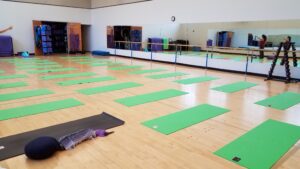
2.Group exercise classes that are regularly scheduled can be very motivational but are not always practical. Spend a few minutes researching and bookmarking exercise videos on the internet. There are tons for free. Once a week, prioritize time to exercise with a video. If it is more than ten minutes long, that’s okay. Do the first ten minutes only, which should be the warm-up portion, if that’s all you can work into your schedule.

3.While books about exercise don’t offer the benefit of having a knowledgeable instructor nearby to offer tips for safety and modification, they are a great source of information.
4.Put exercise on your list of things to do every week. Just writing it down will remind you to do it and make you feel accomplished when you can check if off the list.
Physical exercise is not just about keeping the body in shape. The mind-body-spirit connection is a real thing and has been proven by studies to deliver overall health benefits.
In his book Spark: The Revolutionary New Science of Exercise and the Brain, Dr. John J. Ratey offers amazing details about how exercise supports thinking while keeping the physical container in working order. For the sake of simplicity and understanding, Ratey reported that the discovery of a protein factor found in the brain called brain-derived neurotrophic factor (BDNF) is responsible for the growth of new cells, especially those required for learning. BDNF is manufactured in the brain only. There is no pill form of it. What stimulates the production and hence the new brain cells is the connection between the protein and physical activity. Exercise propels BDNF for what Ratey calls “Miracle-Gro for the brain” (40). Studies since Ratey’s report have expanded on this principle and evidence proves that exercise strengthens not only our physical bodies but also develops our brains. Throughout the life span.
Here are a couple of questions about your physical fitness program if you care to post a comment!
Exercise question #1: Describe your current exercise routine explaining what you do and how often.
Exercise question #2: Are you satisfied with your current exercise routine? Why or why not?
Up Next: Quick and easy relaxation techniques.
Sign up for my weekly e-newsletter by filling out the form below. Thanks in advance!
Be well, write well.
~Joy
MY WRITEDAY SUBSCRIPTION BOX CART OPENS MONDAY, MAY 5. Don’t miss out on this fun box of writerly goodness lovingly called by one subscriber “A treasure trove for writers.” The May/June box is called “My Writing Coach.”
“Miracle-Gro” ™ is a registered trademark of OMS Investments, Inc.
Work Cited
Ratey, John J., M.D. Spark: The Revolutionary New Science of Exercise and the Brain. Little, Brown, and Company, 2008.
This article may contain affiliate links which may result in the author receiving a commission when readers purchase items through the links.
You are receiving this message because you previously signed up for notifications or participated in a program/course with Joy. You may unsubscribe at any time.
Advertisement
The wealthy Kate Hamilton must marry the wounded viscount she is sheltering in her London townhouse since saving his life has ruined her. But he is a perfect candidate since he needs to marry well. When he seems reluctant, Kate proposes hiring him as her husband to disguise her love for him.
Hugh Bartram, Viscount of Dancy, has never met anyone like levelheaded Kate, thrusting herself into a scandal to save his sister from gossip. He resents Kate trying to solve everything with money, even as he admits her heart is in the right place.
Just as they wed, his sister elopes, and Dancy is captivated by the unconventional Kate as they ride across England together to prevent another scandal.

Buy me a coffee:)
JOY E. HELD is an author, educator, editor, entrepreneur, and literary citizen responsible for this site and its contents. She is the author of
Writer Wellness: A Writer’s Path to Health and Creativity (Headline Books, Inc., 2020)
Writer Wellness Workbook: A Guided Workbook and Journal to Accompany Writer Wellness: A Writer’s Path to Health and Creativity (Headline Books, Inc., 2023)
The Mermaid Riot (Fire and Ice YA, 2024) Young Adult Historical Fantasy
She writes spicy historical fiction under a pen name.
She is the winner of multiple writing and book awards:
West Virginia Writers, Inc. Annual Writing Contest, Honorable Mention, Novel, 1998.
New York Book Festival, Honorable Mention, Writer Wellness, 2020.
Next Generation Indie Book Awards, Finalist, Writer Wellness, 2021.
Northeast Ohio Romance Writers of America, Member of the Year, 2020.
Northeast Ohio Romance Writers of America, First Book Award, 2020.
She is an adjunct faculty member in the Southern New Hampshire University Online MFA Creative Writing.
She is a proud graduate of Seton Hill University in Greensburg, PA with an MFA in Writing Popular Fiction.
She is a member of The Authors Guild and the Society of Children’s Book Writers and Illustrators.
Joy is the founder and CEO of My WRITEDAY Subscription Box for writers and readers.





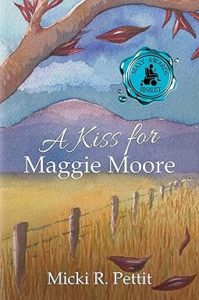
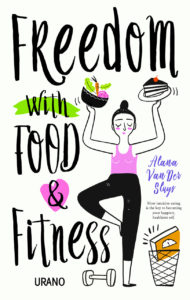



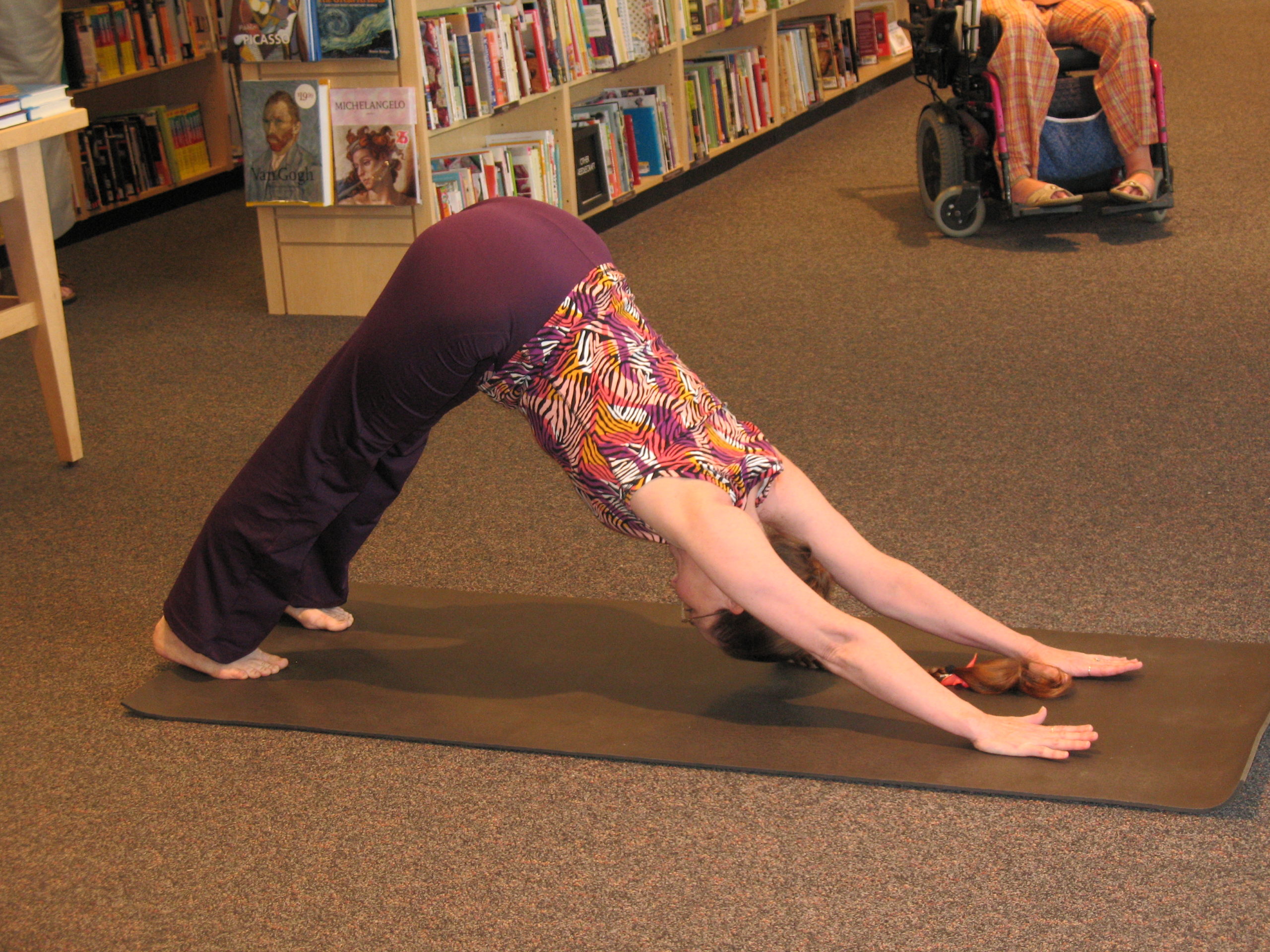
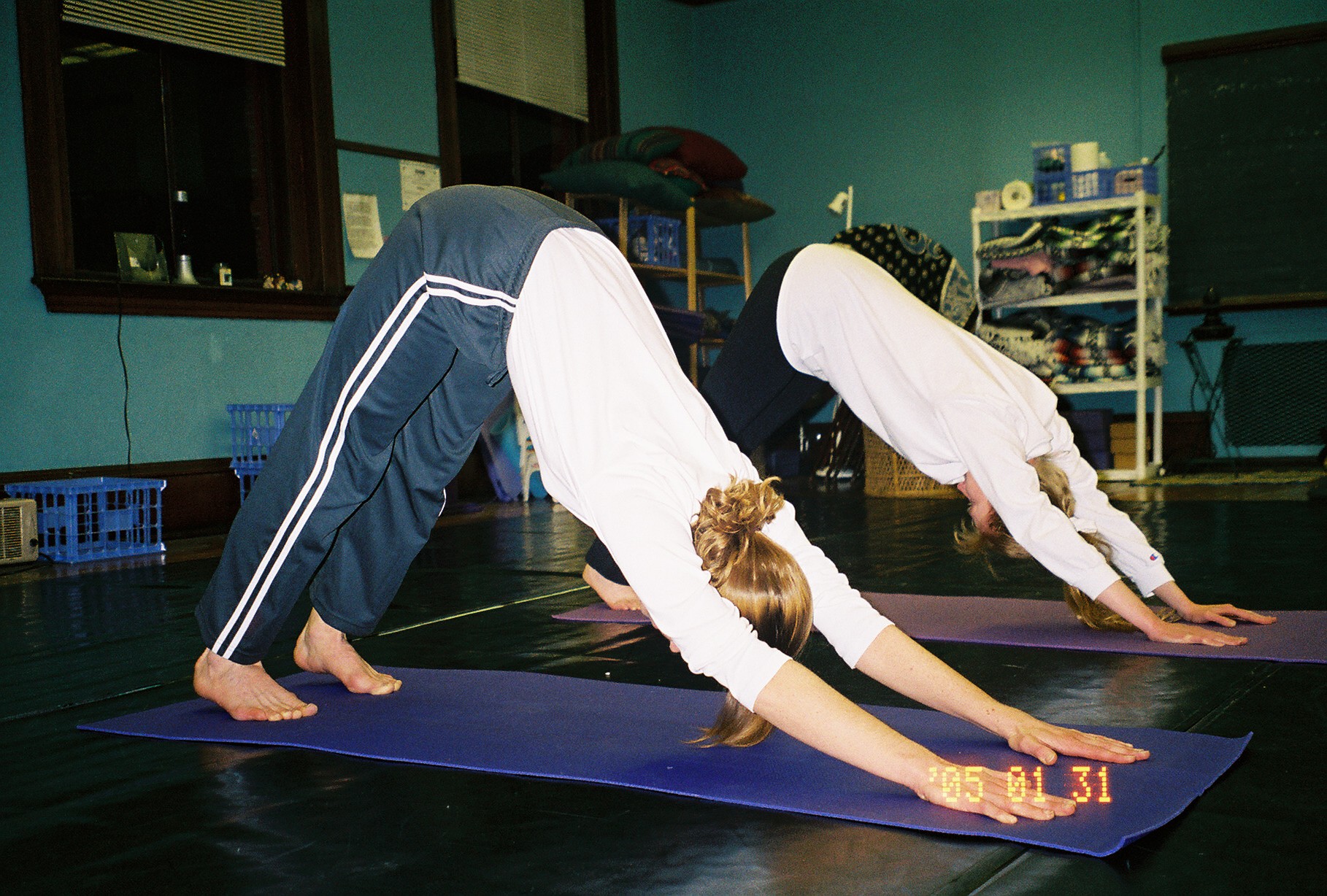




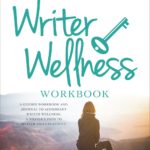
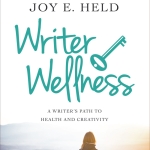 The idea for my book and workshop Writer Wellness: A Writer’s Path to Health and Creativity
The idea for my book and workshop Writer Wellness: A Writer’s Path to Health and Creativity 